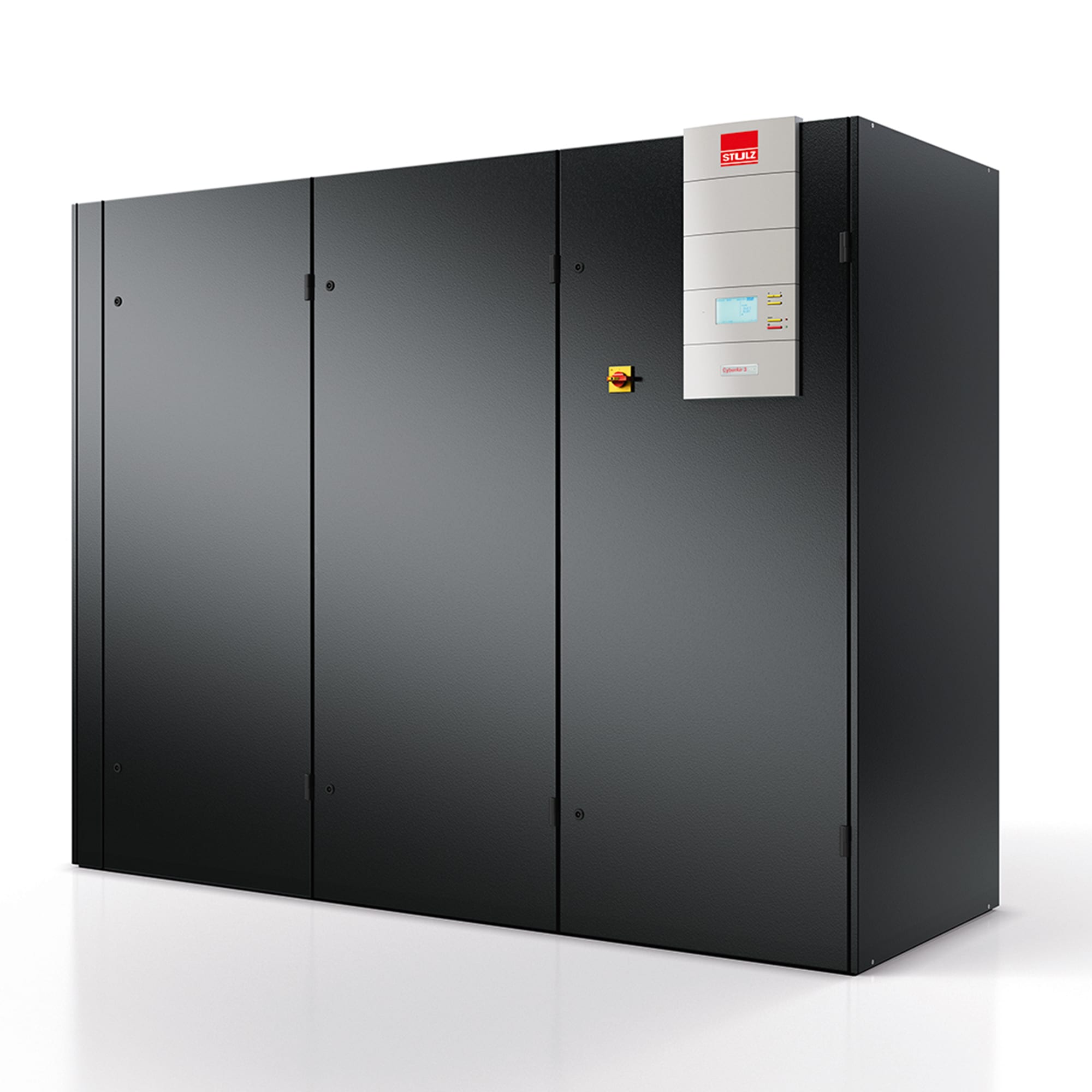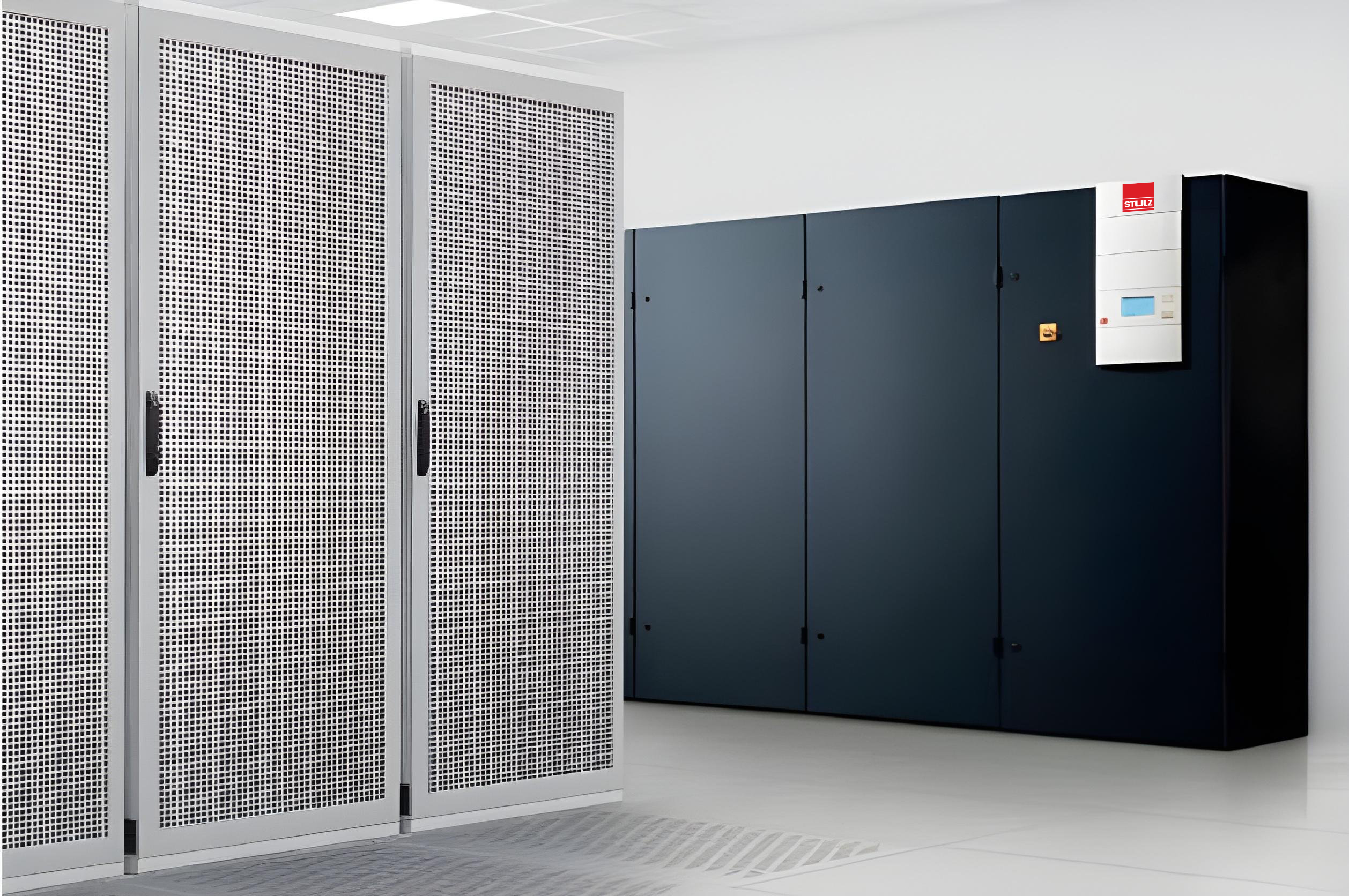What is Precision Air Conditioning?
Precision Air Conditioning refers to specialized air conditioning systems designed to precisely control temperature, humidity, and air quality in environments that demand continuous thermal and humidity stability. These environments include, but are not limited to, Data Centers, server rooms, scientific laboratories, and clean rooms. They offer a significantly higher level of accuracy in control compared to conventional air conditioning systems.
Key Differences Between Precision Air Conditioning and General Air Conditioners
Understanding the distinctions between these two types of systems is crucial for selecting the right solution for specific needs.
General Air Conditioners
- Primarily used for cooling living spaces or offices.
- Focuses mainly on user comfort.
- Offers less precise temperature control and typically cannot regulate humidity.
- Designed for intermittent use and not suitable for continuous, long-term operation.
- Not ideal for areas with constant and high heat loads.
Precision Air Conditioning
- Developed to meet the demands of 24-hour operation with high stability.
- Aims to prevent potential damage to critical equipment or invaluable data.
- Designed for precise temperature and humidity control in areas housing sensitive electronic equipment or crucial technological systems, such as Data Centers or machine control rooms.
- Utilizes materials and technology capable of handling high heat loads, ensuring a long operational lifespan.
How Precision Air Conditioning Systems Work
Precision Air Conditioning systems employ various methods to achieve their precise control. Here are some common types:
-
CRAC (Computer Room Air Conditioner) – Direct Expansion (DX) System:
- This system uses fans to blow heat away from the condenser coil through a refrigerant, thereby controlling temperature and humidity.
- It is well-suited for medium to large-sized data centers, offering high stability and significant energy savings.
-
CRAC (Computer Room Air Conditioner) – Water Cooled System:
- This type of CRAC system uses chilled water (supplied by a cooling tower or chiller) to absorb heat from the refrigerant.
- It is ideal for large data centers or buildings that already have an existing water-based cooling infrastructure.
-
CRAH (Computer Room Air Handler):
- A CRAH system utilizes energy from chilled water to provide cooling within the Data Center.
- It offers greater energy efficiency compared to traditional air conditioning systems.
- Best suited for projects that already have a chiller system in place.
Types of Precision Air Conditioning Used in Data Centers
Precision Cooling Units come in various types, depending on their cooling method and refrigerant medium:
DX (Direct Expansion) Units:
How They Work: Use refrigerant that circulates directly between the indoor evaporator coil (in the PCU) and the outdoor condenser coil.
Advantages: Simpler installation, suitable for small to medium-sized Data Centers, lower initial cost.
Limitations: Limited by refrigerant line length; efficiency can drop if lines are too long.
Chilled Water Units:
How They Work: Utilize chilled water from a central chiller plant, which circulates through the PCU’s cooling coil to absorb heat.
Advantages: Energy-efficient in the long run, ideal for large-scale to Hyperscale Data Centers, easily integrated with central chiller systems, flexible for future expansion.
Limitations: Higher initial cost due to the need for a chiller system and extensive piping.
Free Cooling Units:
How They Work: Leverage cooler outdoor temperatures to directly or indirectly cool the Data Center through a heat exchanger, significantly reducing compressor energy usage.
Advantages: Extremely high energy savings, particularly in regions with consistently cool climates; drastically cuts energy costs.
Limitations: Performance depends on external weather conditions; may not be suitable for all climates.
In-Row Cooling Units:
How They Work: Installed directly between rows of server cabinets or even within individual server racks.
Advantages: Provides highly localized cooling, closest to the heat source; minimizes cold air loss; ideal for Data Centers with very high heat densities (High-Density Racks).
Limitations: Consumes valuable floor space within server rows, potentially limiting the number of racks.
Advantages of Precision Air Conditioning
Implementing Precision Air Conditioning offers numerous benefits for critical environments:
- Precise Temperature and Humidity Control: Optimally suited for sensitive electronic equipment, ensuring their stable and efficient operation.
- 24/7 Continuous Operation: Guarantees that your critical systems run smoothly without interruptions.
- Reduced Risk of Damage: Protects equipment from unstable environmental conditions such as high heat, electrostatic discharge, or corrosion.
- Long-Term Energy Savings: Designed specifically for maximum efficiency in cooling and humidity control, leading to reduced operational costs.
- Integration with Automation Systems (BAS/BMS): Allows for centralized control and alerts, simplifying management and increasing operational efficiency.


